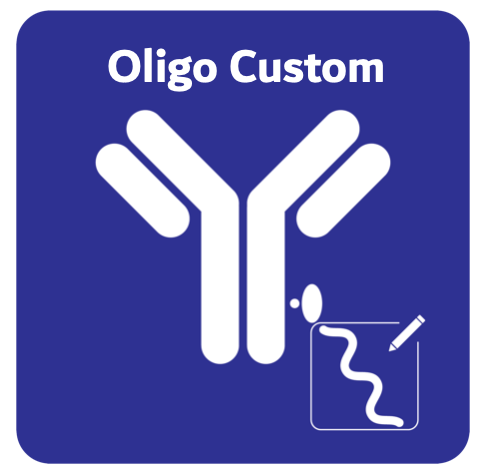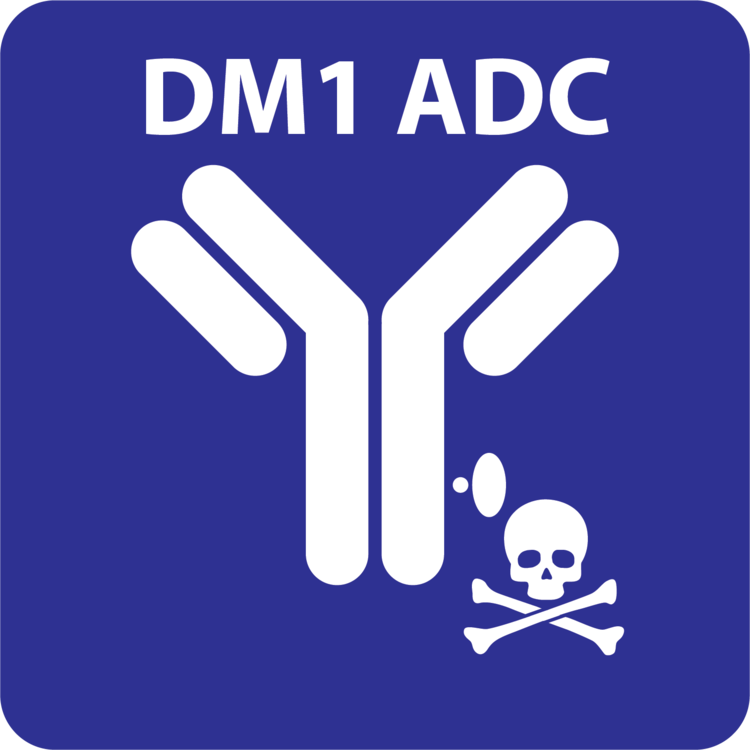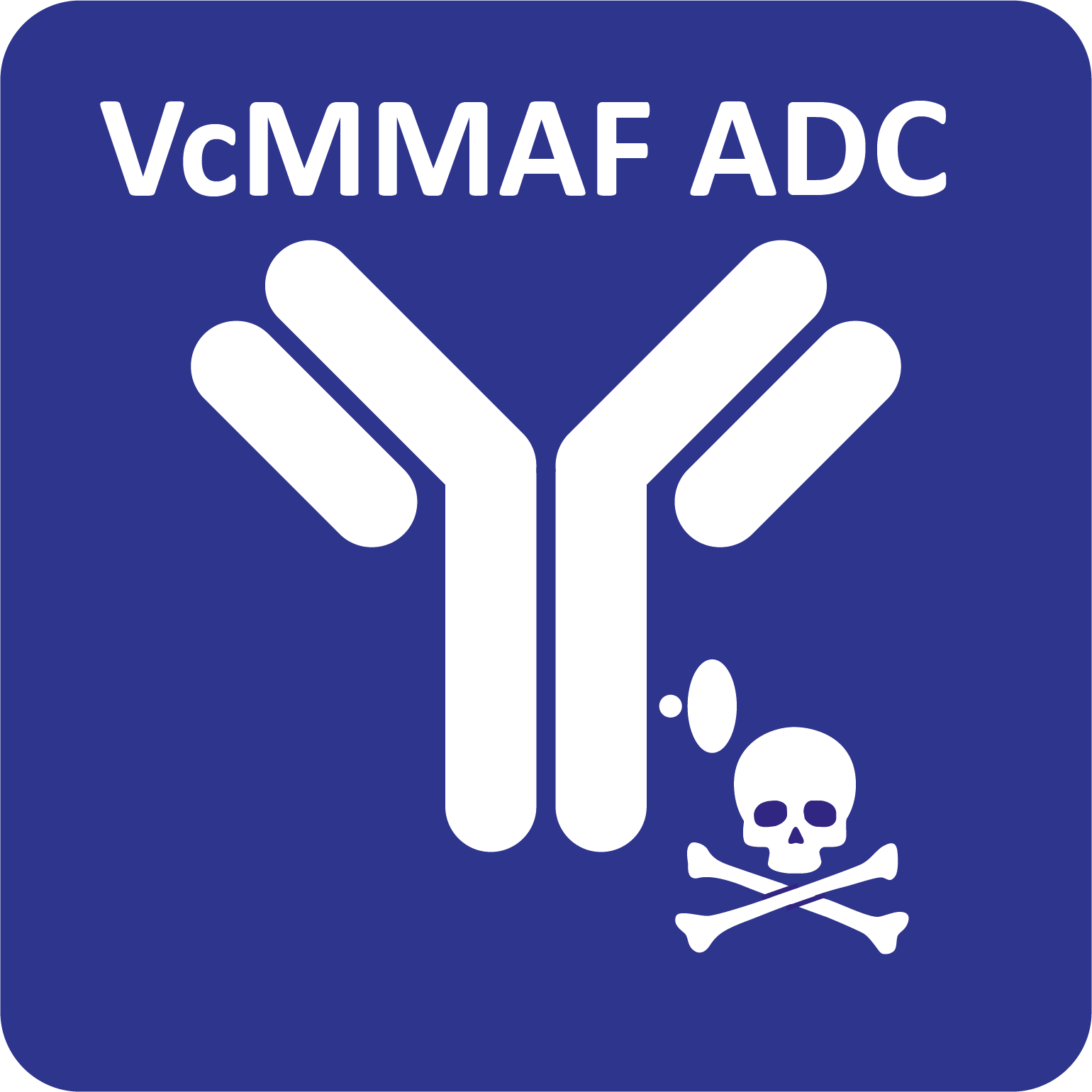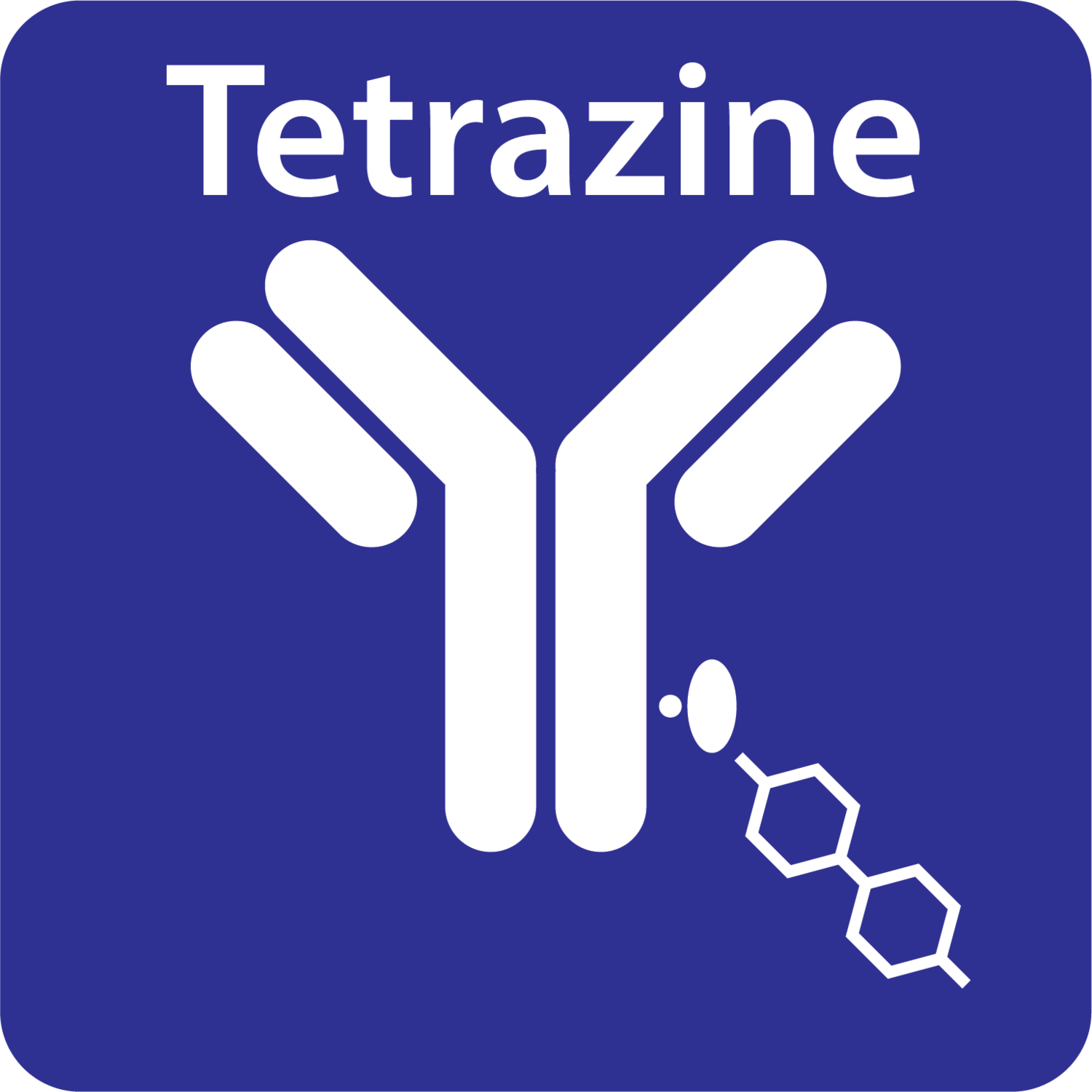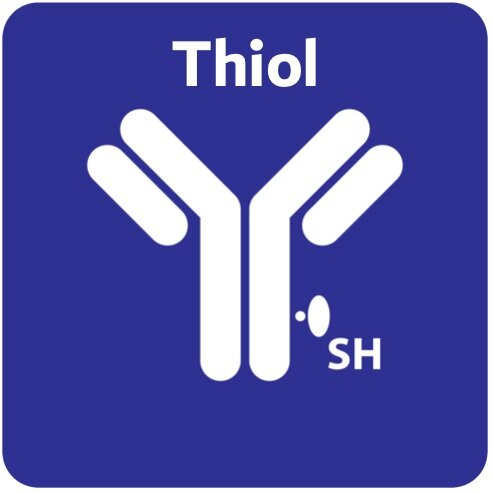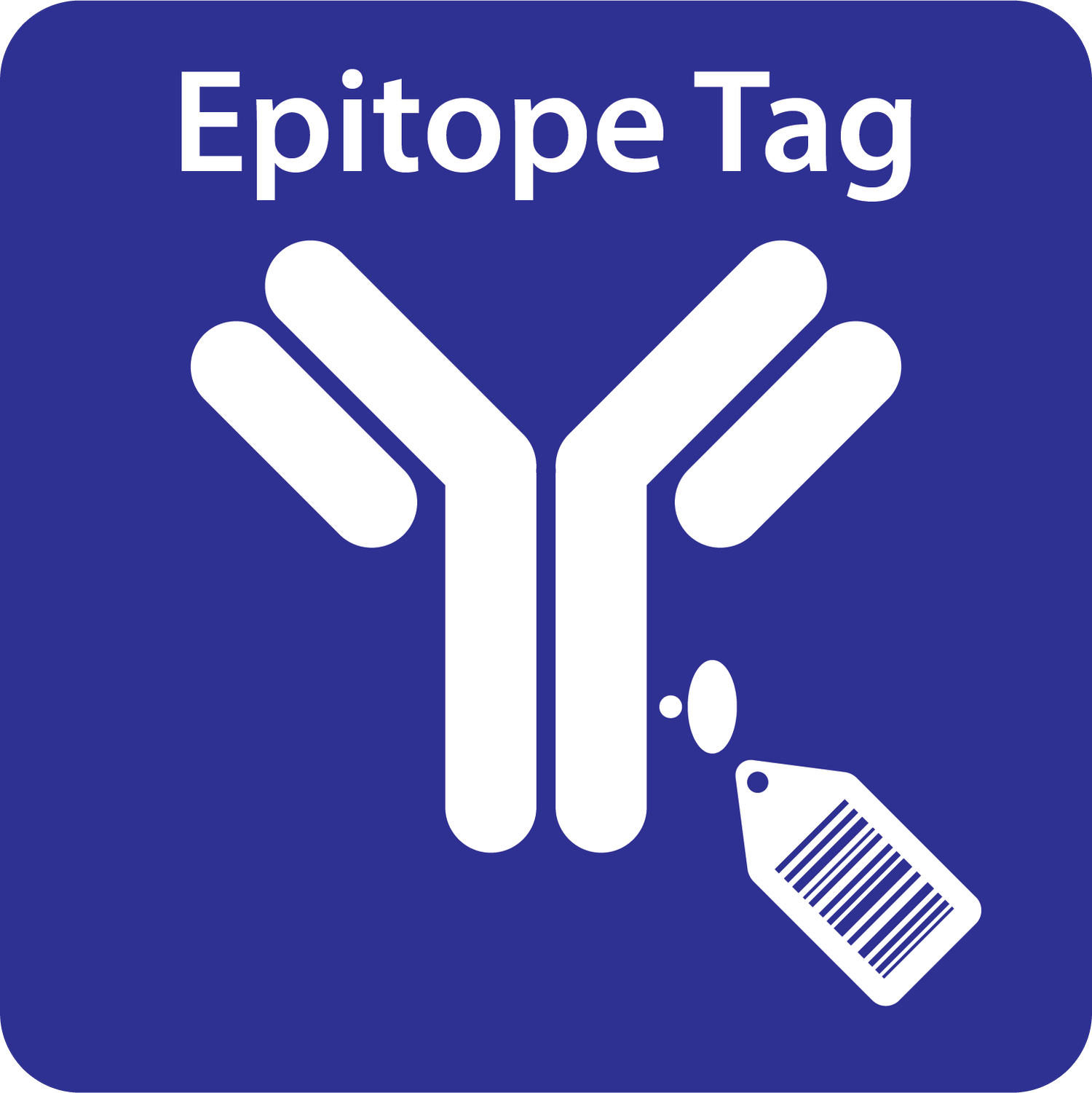Your cart is currently empty!
In our previous blog we discussed how proximity assays, including the proximity ligation assay (PLA)[1] and proximity extension assay (PEA)[2], leverage the power of Antibody-Oligonucleotide Conjugates (AOC) to create a simple, homogeneous-format, sensitive assay for quantification of proteins and protein-protein interactions with qPCR readout technology. This type of assay can vastly upgrade standard proteomics workflows, including reducing the time it takes to quantify protein levels, expand multiplexing capability, and improve sensitivity over ELISA.
oYo-Link® Oligo Custom enables researchers to harness the power and simplicity of these proximity assays by allowing scientists to design their oligos and directly conjugate them to native antibodies to create the assay probes. With oYo-Link, oligonucleotide conjugation is an open-canvas, offering freedom to design probes in a custom format that can be rapidly iterated to optimize assay performance. Specific value propositions & tips for oYo-Link Oligo Custom use in Proximity Assay applications are outlined below:
oYo-Link provides an open canvas for oligo design to optimize the proximity assay:
With oYo-Link Oligo, researchers can design a variety of oligos with varying sequence, length, and modifications to attach to their antibodies for subsequent testing with the proximity assays. This key feature enables researchers to adjust the parameters as they see fit for their target protein or proteins of interest. One such important example is for designing proximity assay conjugates for proteins of different molecular weight. Different proteins may have binding sites that are spread far apart, thus requiring longer oligos to successfully hybridize to each other while the antibody probes are bound. In other cases where the binding sites are closer, the researchers may find that a shorter oligo design improves assay signal-to-noise. Thus, the capability for researchers to design & adjust their oligo design as they see fit is a critical feature of oYo-Link Oligo in enabling the successful design of a proximity assay.

Figure 1. Custom design to optimize proximity assays
Easily validation of antibody conjugation prior to scaled testing:
An important step in proximity assay design is confirmation that the antibodies have been successfully conjugated to the oligonucleotide. Traditional antibody-oligo conjugation methods do not enable easy validation of conjugation which can make it challenging for researchers to know for sure if their antibody has been successfully conjugated or not. This can lead to uncertainty about the source of any issues during later assay design.
oYo-Link Oligo allows researchers to easily confirm successful conjugation by running an SDS-Page gel (described more here). Using oYo-Link, researchers can save time troubleshooting by first confirming that their antibody-oligo conjugates have been successfully generated before proceeding to test with the assay.
Defined antibody: oligo ratios and site-specific antibody labeling for more reproducible proximity assay performance:
oYo-Oligo enables site-specific attachment of 1-2 oligos per antibody in the Fc-region, yielding highly homogenous conjugates. The site-specific labeling nature of oYo-Link is crucial; by only attaching to the Fc-constant region researchers can be confident that the antigen-binding region of the antibody is left free and able to bind the target protein, ultimately making the assay more sensitive. Furthermore, the precise antibody:oligo ratio of 1-2 oligos attached per conjugate ensures a reproducible signal-to-noise ratio for the proximity assay and highly reproducible qPCR measurements for specific protein concentrations.
Additional advantages of oYo-Link® for antibody-oligonucleotide conjugation include:
-
Label as little as 1ug of antibody at a time – reduce the overall amount of antibody required = reduced overall cost and minimize wasted materials!
-
Custom oligos supported, up to 80bp or longer, for ssDNA or dsDNA.
-
Easy and rapid antibody-oligo labeling with less than 30 seconds hands-on time.
-
Site specific labeling in the Fc region, so no loss in antibody functionality or batch-to-batch variability.
-
Oligos are all HPLC or PAGE grade ensuring confidence in downstream assays.
-
Label diluted antibody – as low as 50 μg/mL – saving time as antibodies do not need to be concentrated prior to labeling.
-
No need for purification prior to conjugation – compatible with nearly all buffers, even those containing Tris and albumin.
Find out more about oYo-Link® – download our brochure.
Other resources you might also be interested in:
BLOG: Antibody-Oligonucleotide Conjugation Chemistries
BLOG: How to overcome poor antibody-oligonucleotide conjugation efficiency
References:
1. Fredriksson, S., Gullberg, M., Jarvius, J., Olsson, C., Pietras, K., Gústafsdóttir, S. M., Ostman, A., & Landegren, U. (2002). Protein detection using proximity-dependent DNA ligation assays. Nature biotechnology, 20(5), 473–477.
2. Lundberg, M., Eriksson, A., Tran, B., Assarsson, E., & Fredriksson, S. (2011). Homogeneous antibody-based proximity extension assays provide sensitive and specific detection of low-abundant proteins in human blood. Nucleic acids research, 39(15), e102. https://doi.org/10.1093/nar/gkr424


